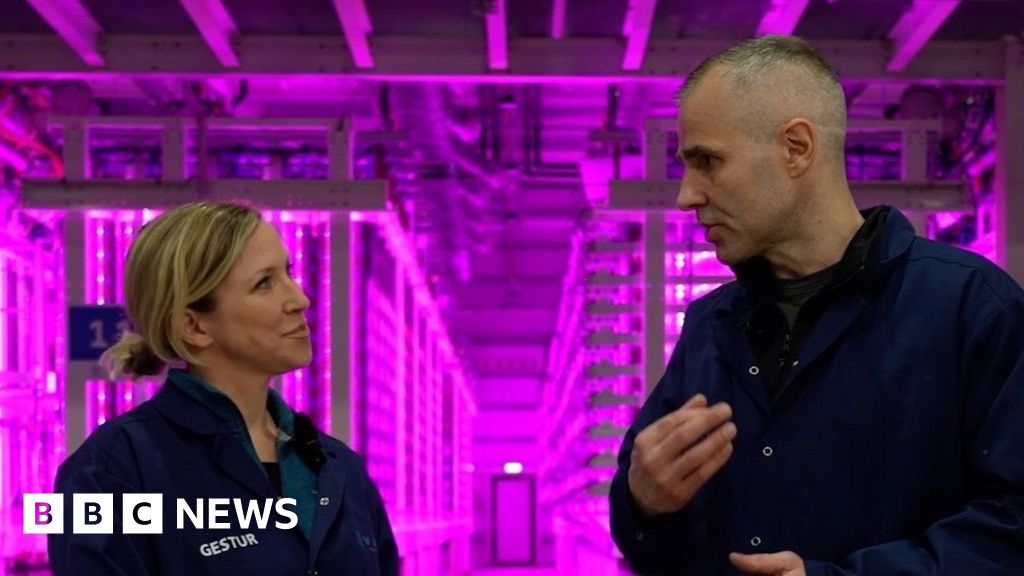ARTICLE AD BOX
9 minutes ago
Georgina Rannard,BBC science reporter
A craft launched from China in May is preparing to land on the far side of the Moon - an unexplored place almost no-one tries to go.
The Chang'e 6 mission aims to collect precious rock and soil from this region for the first time in history.
The probe could extract some of the Moon's oldest rocks from a huge crater on its South Pole.
But the landing is fraught with risks, because it is very difficult to communicate with spacecraft once they reach the far side of the Moon.
Since launching from Wenchang Space Launch Center on 3 May, the Chang'e 6 spacecraft has been orbiting the Moon waiting to land.
On Sunday, the lander component of the mission will separate from the orbiter and attempt to land on the side of the Moon that faces permanently away from Earth.
If successful, it should spend up to three days gathering materials from the surface.
"Everyone is very excited that we might get a look at these rocks no-one has ever seen before," explains John Pernet-Fisher, who specialises in lunar geology at the University of Manchester.
He has analysed other lunar rock brought back on the American Apollo mission and previous Chinese missions.
But he says the chance to analyse rock from a completely different area of the Moon could answer fundamental questions about how planets form.
Most of the rocks collected so far are volcanic, similar to what we might find in Iceland or Hawaii.
But the material on the far side would have a different chemistry .
"It would help us answer those really big questions, like how are planets formed, why do crusts form, what is the origin of water in the solar system?" he says.
The mission aims to collect about 2kg of material using a drill and mechanical arm, according to China's National Space Administration.
The probe should visit an impact crater called the South Pole–Aitken basin, one of the largest known in the solar system.
From there, it could gather material that came from deep inside the lunar mantle - the inner core of the Moon - Prof Pernet-Fisher says.
The Moon's South Pole is the next frontier in lunar missions - countries are keen to understand the region because there is a good chance it has ice.
Access to water would significantly boost the chances of successfully establishing a human base on the Moon for scientific research.
If the mission succeeds, the craft will return to Earth with the precious samples on board a special return capsule.
The material will be kept in special conditions to try to keep it as pristine as possible.
Scientists in China will be given the first chance to analyse the rocks, and later researchers around the world will be able to apply for the opportunity too.
This is the second time China has launched a mission to collect samples from the Moon.
In 2020 Chang'e 5 brought back 1.7kg of material from an area called Oceanus Procellarum on the Moon's near side.
China is planning three more uncrewed missions this decade as it looks for water on the Moon and investigates setting up a permanent base there.

 7 months ago
26
7 months ago
26








 English (US) ·
English (US) ·